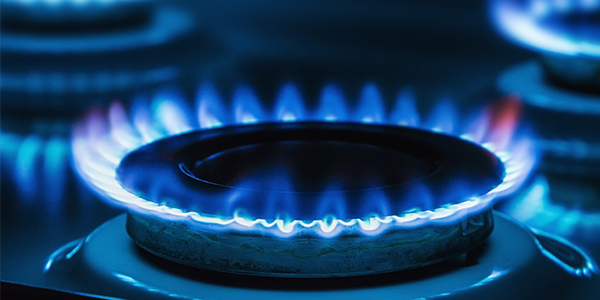Customers were at the center of a panel discussion last week that highlighted what can happen when new state climate laws conflict with those currently governing fossil fuels.
While people are working to address those policy conflicts, Dale Bryk, senior fellow for energy and the environment at Regional Plan Association, said “we’re not doing as well as we could” because the issues states face in implementing their climate ambitions are “very complicated.”
A case study published in Energy Law Journal casts light on policies under New York’s Climate Leadership and Community Protection Act (CLCPA) that are inconsistent with other state polices that support residential customer access to natural gas.
“If you make mistakes in this area, and you get it wrong, someone’s heat will go off,” Bryke said. “People are conservative in thinking about it and really want to get it right.”
Bryk is former New York deputy secretary for energy and environment. She joined the discussion about the case study, “Harmonizing States’ Energy Utility Regulation Frameworks and Climate Laws,” during a webinar Friday hosted by the Institute for Policy Integrity and Environmental Defense Fund.
The study by Justin Gundlach and Elizabeth B. Stein explained New York’s current gas market dilemma as stemming from two separate laws: CLCPA, which makes little room for fossil gas in the future energy system, and New York Public Service Law, which establishes reliable natural gas service as being in the public interest. The study said there are similar policy equations in California, Colorado and New Jersey.
By putting the example of the natural gas sector in New York under the microscope, the study demonstrated how a just transition to net-zero emissions is not a certainty under the state’s laws as written. The study said that a just transition should be among the principles that guide reform.
The movement of gas customers to electrification to meet CLCPA goals could leave remaining customers with higher bills to pay, as the gas utilities’ pool of customers diminishes, the study said. Furthermore, those customers who cannot transition likely are the most vulnerable community members.
Rory Christian, principal at Concentric Consulting Group, said that as markets advance electrification, low-income families need to be protected.
“You have many low-income homeowners, affordable housing developers and rental tenants which lack the financial means, the resources or capability to make this conversion, so we need to align those incentives in a just and equitable manner to ensure that those with the greatest need can take advantage of this opportunity and be a part of the transition,” he said.
Christian said that a key factor in an equitable transition is addressing how utility rates are set under current regulations.
“Understanding that the current rate regime is based to develop and maintain the system as it is, we need to reconsider how rates are deployed and how they’re developed to ensure that customers who have to transition and will transition do not experience unexpected spikes in costs as a result,” he said.
The pathway to long-term success, he added, means looking at all existing laws and regulations to “minimize the potential for creating a wider economic divide between the haves and have-nots as the pace of electrification quickens.”
Gas utilities, however, are regulated in a way that ensures they are structured to sell gas.
Utilities are driven to expand their customer base and build large infrastructure, Bryk said, adding that they make money based on the rules that government sets for them.
“If we want utilities to be in a different business, if we want them to be in the business of providing heat at least costs over the long term, and we want them to be in the business of designing a just and equitable transition … then we need to set the rules … that will drive them to do that,” she said.
Government, she added, is giving utilities conflicting signals.
“Let’s stop doing that,” she said.
Fuel Neutrality
The case study suggested that fuel neutrality should be another principle that guides legal and regulatory reform related to climate ambitions.
“Codifying into statute or regulation clear preferences or biased parameters that favor a given technology or fuel … can burden future policymakers … with obligations that they may eventually find to be incompatible with the best means of achieving long-term policy objectives,” the study said.
In addition, neutrality ensures incumbent fuels and technologies remain open to competition.
The gas system example in New York shows the challenges electric heat pumps or building management systems are having competing with gas service. The study said that newer services and technologies, such as heat pumps, are not a part of utilities’ networked systems and they would force new policy to be inclusive of non-utility providers.
This change, the study said, “could strain traditional notions of the commission’s jurisdiction and role.”
Safe Transition
A third principle for reform raised in the study made clear the nature of states’ challenges in cleaning up human activity.
The study said that a safe transition must be achieved that balances protecting people from the consequences of human-made climate change and protecting people in the process of social transformation.
“In the long term, this means recognizing that until the transition is substantially complete, we will have to continue maintaining, repairing and/or replacing infrastructure components that pose an imminent risk to physical safety, even though we are also likely to be shutting down other components simultaneously,” the study said.
Consequently, policymakers will have to support values that are contradictory and adopt rules that depart from how infrastructure is governed currently.


